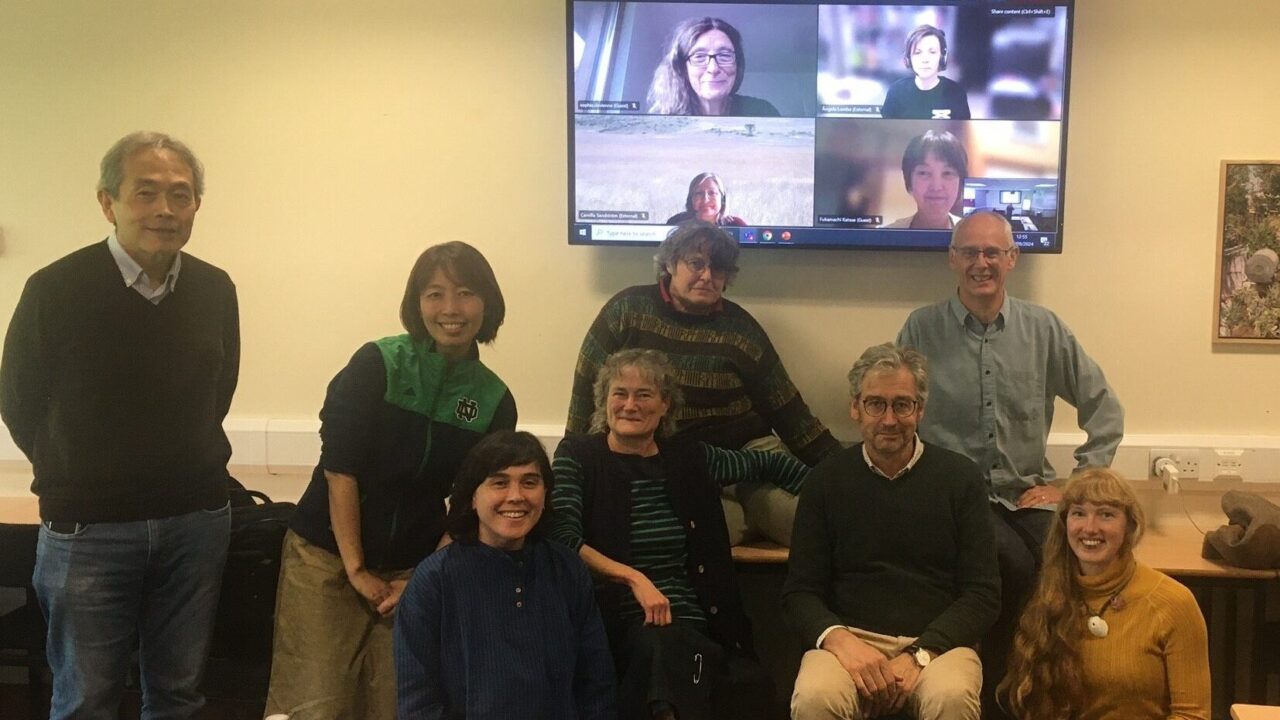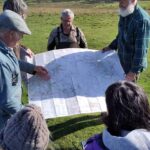Outline
In many developed economies, fragmentation of the goals and drivers for land use linked to the pursuit of commodity production and higher financial returns has fractured and weakened former longstanding interdependencies between people and nature, contributing to significant environmental and social damage. Satoyama, as promoted by the IPSI partnership, highlights the importance of recognising and working with longstanding cultures and knowledge of land management and people-nature interdependence in rural communities, in order to repair such damage. This project aims to identify, understand and promote options for enhanced land-use governance, ownership and stewardship.
SATOCONN’s Mission and Approach
SATOCONN is mobilizing multi-actor partnerships via six living labs in satoyama high nature value landscapes across Europe and Japan. We are testing innovative approaches to reconnect and revitalize people-nature interconnections, learning from the past and prospecting for a nature-and-climate-resilient future.
The Untapped Value of Satoyama Landscapes
The deep interdependence of people and nature is often noted but rarely supported in modern economies and societies. Satoyama high-nature-value landscapes hold a vital repository of assets, knowledge and skills that can help affirm and renew this interdependence, but their future is challenged by lack of appreciation and support from policies, legal institutions, markets and wider societal processes, in Japan and Europe. This project seeks to reconnect people with the values and understanding coming from Satoyama, exploring improved ways to tackle current and future ecological challenges, including biodiversity decline and the climate emergency.
Transdisciplinary Research for Resilient Landscapes
Our four-year research project involves integrated and transdisciplinary analysis and engagement to characterize and revitalize Satoyama landscapes in Europe and Japan. It aims to achieve a deep understanding of their challenges and opportunities for strengthened (re)connection between people and nature, to enable appropriate and resilient responses to global climate and biodiversity crises.
Living Labs as Engines of Innovation
SATOCONN deploys cutting-edge methods within a Living Labs framework, to engage research, practice and policy in planning and undertaking action for positive change. Insight from natural and social science and performance arts will be developed and shared within and between six contrasting case studies. The ‘living lab’ approach has gained prominence in recent participatory and impact-oriented studies as a mechanism to promote experimentation and real-world change alongside research and public engagement. A four-stage process: visioning; experimenting; learning lessons and promoting transferable practice; is centred around the animation and facilitation of place-based examples of challenge and change.
International Collaboration and Local Empowerment
In our two Japanese and four European cases (UK, Switzerland, Sweden and Portugal), we will create and mobilize living labs to benefit local communities and inform global, national and regional policies. Indigenous and expert knowledge will combine in new ways to strengthen Satoyama concepts and contemporary practice, to revitalize and sustain cultural landscapes, making a positive contribution to more resilient rural futures. The research team has longstanding experience using embedded, participatory methods in our case study locations, with multi-disciplinary expertise spanning ecology, landscape, agriculture, forestry, economics, sociology, political science, heritage and arts. We will co-develop the project with local stakeholders including farmers and communities, institutional and policy actors, to ensure real impact. In parallel, SATOCONN will train and empower a cohort of young researchers to apply and develop these methods to benefit people and planet.
Our goal is to help society to recognize the value of a continued and strengthened Satoyama ethic, in future land use governance and action.




